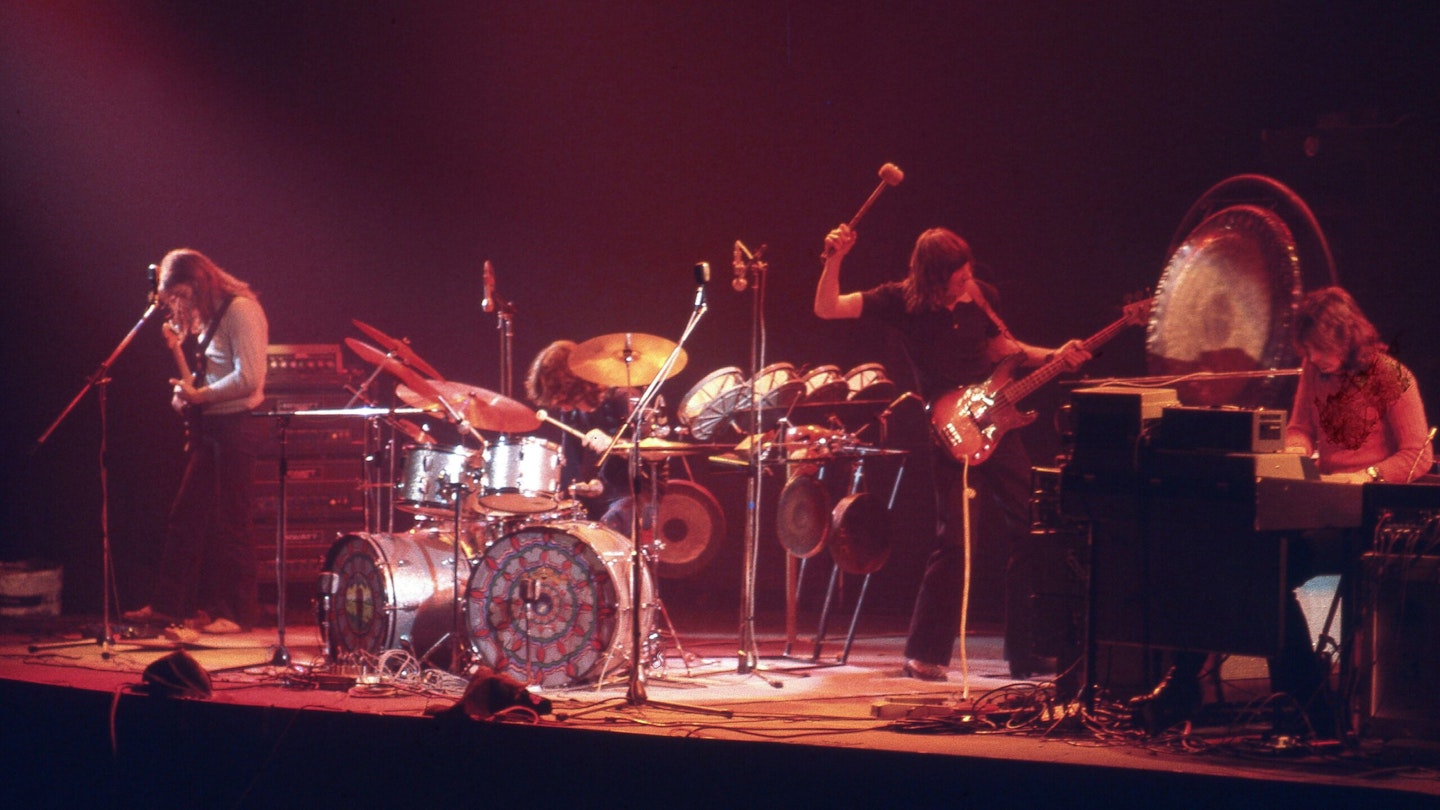A journalist in Indiana was the first to popularise the Wizard Of Oz/Dark Side Of The Moon mirroring phenomenon. “It’s going to follow me around for the rest of my life…” Charlie Savage tells MOJO
"I HAD gotten into Pink Floyd as a teenager because my older brother liked the band, and in 1994, my senior year in high school, some friends and I went to see The Division Bell Tour in Indianapolis. When I got to college that fall, I gained access to the internet for the first time, and among the things I started messing around with was Usenet, a text-based messaging board system. It had groups for several bands I liked, and alt. music.pink-floyd was a particularly interesting group to keep returning to.
One day I came across a post that caught my eye. Somebody said that if you watched The Wizard Of Oz with the sound muted and played The Dark Side Of The Moon, it would sync up in interesting ways. I believe this person said he or she was not the originator of this idea but had heard about it from some other people in Los Angeles. One of my roommates had contributed a small television set and VCR to our dorm room, so at some point I rented a VHS tape of the movie, and we tried it. We all made observations about various lyrical overlaps with the visuals as we spotted them. Then the album ended and that was that. It was a very college freshman socialising way to spend 45 minutes on a random evening.
“There are impressive moments of synchronisation, especially The Great Gig In The Sky and the tornado scene.”
The following summer I got an internship for a ‘Generation X’-themed features page that came out a couple of times a week in The Journal Gazette, the morning newspaper in my hometown of Fort Wayne, Indiana. The page’s editor was always looking for offbeat things to write about, and so I pitched him on writing an article about the Floyd/Oz mash-up and he liked the idea.
I had fun with the article, working in a lot of references to Floyd lyrics, and I later posted a copy of it on a rudimentary personal website I had made in order to play with HTML, and that was hosted on my college’s servers. Later, when I graduated and that page got deleted, I transferred the page with that article to an AOL-hosted website through my parents’ account, and it lived there for a number of years. So that article turned into the original web page about the topic that people would find when they searched for information about it.
There are a number of lyrical overlaps that are striking – like Time’s “no one told you when to run” as the film cuts to Dorothy running away from home, and Us And Them’s “black… and blue” when the Wicked Witch Of The West appears in black, confronting Dorothy in her blue dress. There are also impressive moments of sound synchronisation, especially the extended sequence of The Great Gig In The Sky and the tornado scene. The wordless moan-singing swells dramatically as the storm hits the farm, recedes to a dreamier tone when the shattering windowpane knocks Dorothy out and the house flies into the sky, and subsides when the house finally twirls back to the ground. Then, there is silence, broken by the opening of Money as Dorothy opens the door to reveal Munchkinland in colour. After 45 minutes of things like that, it’s a ‘whoa’ climax when the album’s closing heartbeats play just as Dorothy puts her ear to the Tin Man’s chest.
READ: Pink Floyd Release 18 Live Albums!
It’s not a theory, but a phenomenon or an effect. It objectively is a thing that anyone can reproduce. Now you could have a theory that the band did this deliberately, that they conspired to create this synchronicity and kept it a secret for two decades or so until someone blabbed. The band members have said they didn’t do it on purpose and that when they were recording the album there was no ready means of reproducing the film in the studio, which seems persuasive. But I have never thought that it was intentional, and I don’t think it’s necessary for this oddity to have been created on purpose to enjoy it. In fact, in some ways it’s more interesting if it just happened.
At some point, somebody added to my Wikipedia page that I was the first mainstream media person to write about the Floyd-Oz thing. I have gone on to have a career as a journalist, specialising in national security and legal issues – presidential power, drone strikes, executive privilege, Guantanamo detention, military commissions, surveillance, etc. It can be heavy stuff. Over time I’ve made my peace with the fact that that quirky little article I wrote when I was 19 is going to follow me around for the rest of my life."
As told to Tom Doyle
Charlie Savage is a Pulitzer Prize-winning journalist, currently working as a Washington correspondent for The New York Times.
